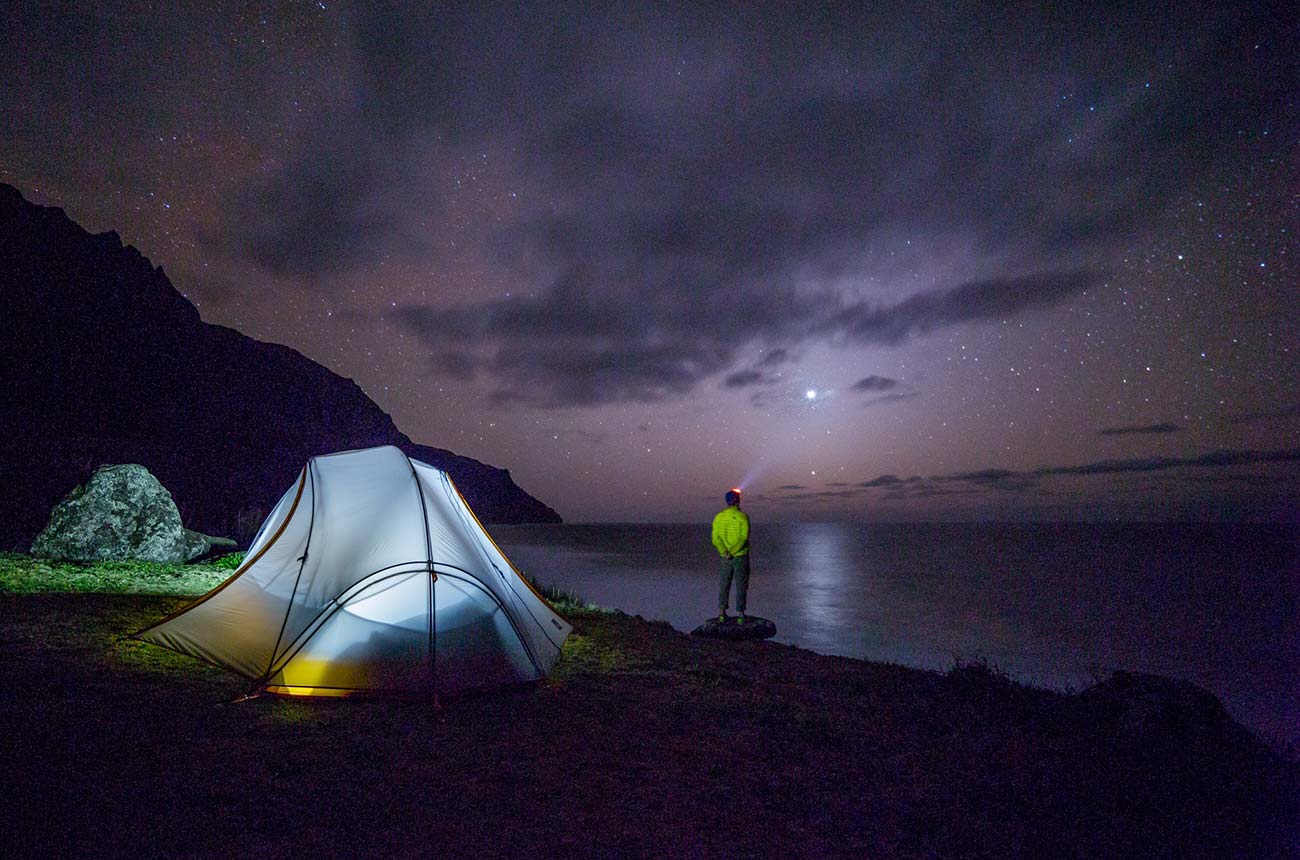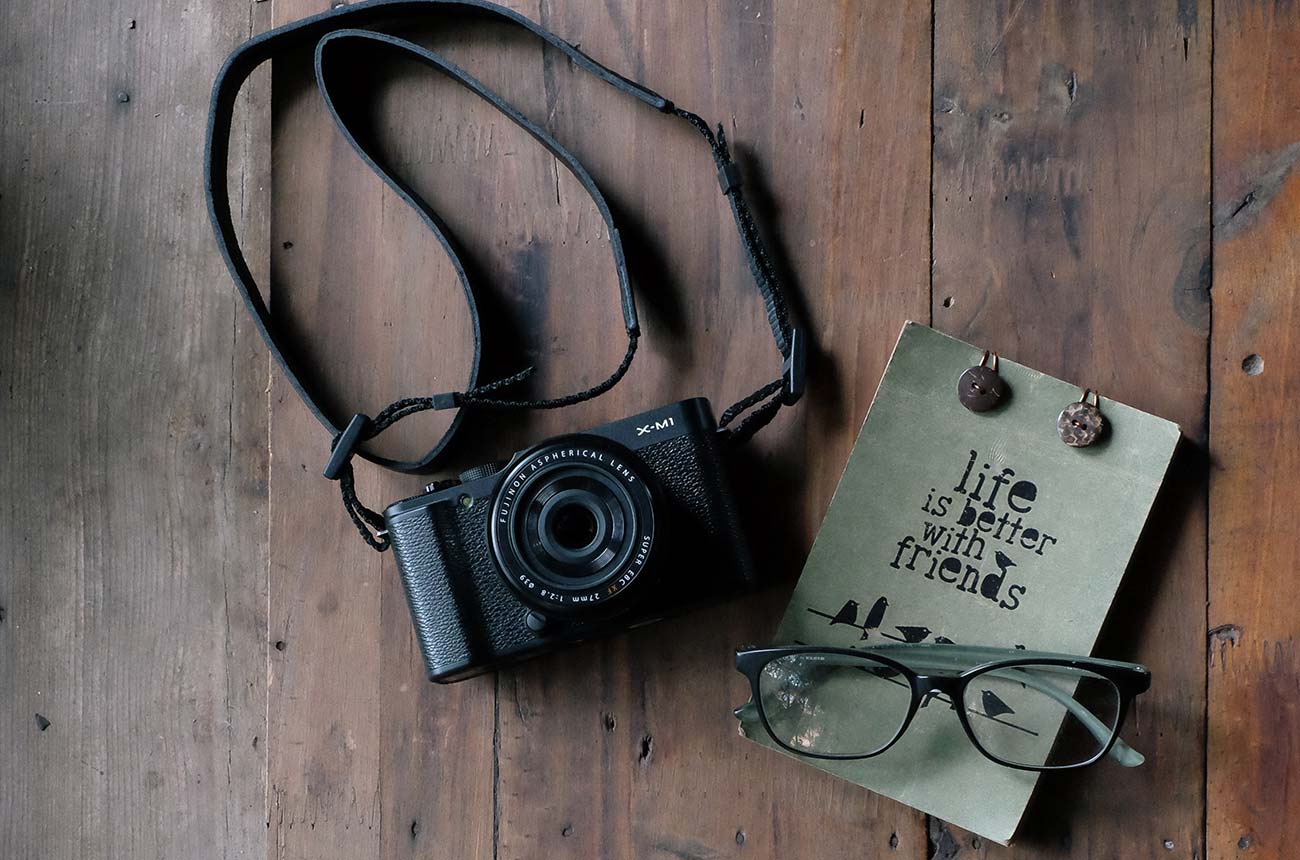
Notes From A Broad...
My partner & I were having a yarn the other day, & after I rambled on about film crews, he said, “Why don’t you write this down for the Techos’ mag?” Naturally I said, “Nah.” But I did anyway; so use it, if you think it’s suitable.
Ed read it & thought, I do. So he did. Here it is:
It’s a complete miracle that any film is ever made, given the random improbability factors that rule the world. Apart from a good script and adequate funding of course, a significant factor contributing to the birth of a film is the quality of its crew. From my observation, professional film workers are often artists in their own right, lateral thinkers with technical know-how and tiptop tools. They’re not afraid of hard work; they roll up their sleeves and get stuck in. They pay attention to detail and look after one another.
An efficient film crew is like a casual self-sufficient army, where no one salutes but actors get shot. It’s a well-oiled machine, with a distinct chain of command as strong as its weakest link.
I’ve often thought how handy film crews could be in a civil crisis – they’ve got the generators and lights, the catering truck, the A.D.s and R.T.s, the first aid training, the stand-by wardrobe warmies. Stand-by props produce tools from their truck as magicians unveil tricks from a hat.
This theory goes to pot of course when the emergency begins in the props truck. This very thing occurred on Bread and Roses, when ammunition left over from a previous shoot “spontaneously combusted.” There was an explosion and fire, shock and shrapnel. Some crew were mildly lacerated, but the worst tragedy was the incineration of our continuity knitting.
Film-making seems essentially a co-operative occupation where, ideally, everybody is polishing the same jewel and barking up the same tree. Paradoxically, it takes a lot of practical work to create a fantasy. Let me tell you a story to illustrate.
In the summer of 2001, wardrobe stand-by Chris Pickard and I pulled up outside the abandoned Westland Ilmenite Mine on the Coast Road, a few kilometres south of Punakaiki.
(“What’s ilmenite?” I hear you say. According to Wikipedia, ilmenite is a weakly magnetic titanium iron-oxide mineral used in the production of paint, paper and plastics. However, Coast Road hippies will tell you it’s used in the manufacture of toothpaste and nuclear war-heads.”)
A colony of Westland Black Petrels nestled up the valley behind the mine buildings among dense rata and nikau. These petrels are unique in the world, and so was our find; a warehouse-sized building available to be transformed into our Costume/Props Department. A perfect location to make the costumes for Perfect Strangers, but our glee was premature. The gate was padlocked. We couldn’t get in.
Chris and I contemplated the giant rusted padlock, and then the curve of the Paparoa Range morphing into the Southern Alps way down the coastline. We listened to the Tasman Sea booming on the long empty beach, the weka screaming with boredom. This moment was like the Soundman’s wild track at the end of the shooting day – when everyone is still, silent, and listening, like a group meditation. Our involuntary meditation paid off: Chris flourished a bolt cutter out of the exquisitely packed boot of his immaculately groomed car and we were in.
I guess this story is evolving into a tribute to Chris Pickard and his many skills. To me, Chris typifies the attributes desirable in a film worker: skill in his craft, industriousness, good communication skills, unfailing good humour under duress, and a state-of-the-art tool kit.
And while I’m at it, the legendary A.K. Goss needs a mention here. He helped Chris and me scrub out the ilmenite mine and set up cutting tables and machines. A.K. had come south to visit his mates Louise Baker and Susan Ord, who were working in production. By the end of the shoot he’d become an essential part of the crew, because of his engineering skills and endearing personality. Sadly, A.K. Goss died of cancer in October 2009.
Ah, well.
I conclude with a thought about life, and that a film job is rather like giving birth. The impetus of the labour induces intense pain for a short time. In the middle of it all, you think, “Remind me never to do this again!” Then you look at the result, and the memory of pain is eclipsed by the prospect of the next one.
Anon (by request)
P.S. Incidentally, I’ve often wondered if Harry Slowey and Ian Turtill are fast friends?



























